Taking photos while vacationing has long become the norm. But nowadays, photo-taking doesn’t have to be limited to above water. Today, professional and amateur divers are increasingly expressing their interest in learning underwater photography too.
Underwater cameras have gotten more and more sophisticated in recent years, making it easy for anyone to take up this hobby. With these top tips, you can hone your skills and master the art of underwater photography in no time.
Without any further ado, let’s dive straight into it.
1. Make sure your underwater camera is easy to use
It’s not sufficient for an underwater camera to simply be waterproof. It has to be compact and have a good battery, and it also needs to be equipped with all the necessary features like white balance options and image stabilization for filming clear and steady footage.
One top choice is the Insta360 ONE R action camera, which has best-in-class FlowState stabilization, is waterproof to 5m (up to 60m with the dive case) and has interchangeable lenses for both wide-angle and 360-degree capture. Another popular option is Insta360 ONE X2, a pocket-sized 360 camera that can shoot 5.7K 360 video and is waterproof to 10m (up to 45m with the dive case). With any 360 underwater camera, be sure to get a dive case for seamless stitching.
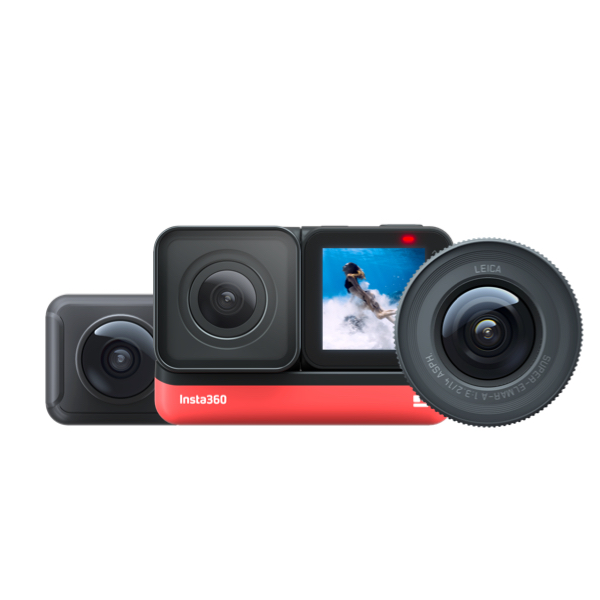
Before you hit that “add to cart” button, check if your underwater camera makes it easy to focus on objects and shoot in low light conditions. This will help you gain confidence when filming underwater and—who knows—maybe even prompt you to take photography more seriously.
2. Don’t overlook resolution, aperture, and shutter speed
Having high-quality footage is the ultimate goal of every photographer. Here’s where compact underwater cameras with 4K or even 5K resolution come in handy. If you want to get that crispy shot of a whale passing by, you’ll be better off investing in a camera that offers you precisely that. The same applies to aperture or the hole through which the light is free to roam. For bright and exposed images, choose an underwater camera with a bigger aperture opening.
As for the shutter speed, the longer your aperture hole stays open once you pressed the shutter, the brighter the footage will be. So, if you, say, want to take a photo of corals with a light blue background, it’s best to set your camera on a slow shutter speed. If it’s set on the high shutter speed instead, expect to get a picture of corals with a dark blue or black backdrop.
Sensor size is another important consideration in an underwater camera. The larger the image sensor, the more light the camera will be able to capture. The Insta360 ONE R 1-Inch Edition comes equipped with a 1-inch sensor, the largest sensor size available in an action cam, and shoots 5.3K video.
3. Think about the lighting beforehand
It’s not news that good lighting plays a significant role in capturing the best moments on camera. But when you’re underwater, it can be tricky to get uninterrupted access to the best natural light. To avoid having footage that can’t even be edited, you should learn about positioning your shot for the sun behind your camera lenses. The other tip is to aim for shooting silhouettes—this footage almost always comes out masterful.
If you want to take it up a notch, consider incorporating artificial light. External strobes and camera rigs come with a steeper price tag, but they make the final product worth it. Learn how to use them, and you’re bound to end up with a collection filled with sharp and vivid images.
4. Master buoyancy, and you won’t have to deal with blurry footage
As someone planning on taking pictures underwater, it’s your job to get better at staying buoyant for long periods. Granted, it’s not a quick process, but if you’re determined to take top-tier underwater photos, the learning process is more than justifiable.
Once you fully understand buoyancy, the likelihood of your underwater footage turning out sharp will increase. Steady hands are a must-have if you don’t want to waste your time scrolling through dozens of second-rate pictures before getting to just a few good ones.
5. Prioritize taking shorter clips (but not always)
The human attention span has indeed dropped to 8 seconds in the past few years. Hence why it’s wise to keep your clips short and sweet so that the audience is engaged throughout the video. That said, there are exceptions to this rule.
You can leave your camera rolling for longer if you’ve managed to catch a school of cool-looking fish floating around you. Taking longer underwater video clips also works if you don’t mind editing them afterward.
6. Be respectful of the marine life
When you’re underwater, you’re the guest. And as a guest, you don’t make your own rules at someone else’s home. So, it’s safe to say that you shouldn’t be touching coral reefs or any other marine species even when you’re tempted. Not only can you damage it, but you can also harm yourself in the process.
The safest bet here is to admire all the rare marine species from afar and take pictures of them from a distance. To be a responsible diver means remembering that environmental conservation is a prime concern. You’ll get a bonus point if other divers follow your lead.
7. Get real good at editing underwater footage
A part of having great underwater images and video clips under your belt is to know how to edit them. You don’t necessarily need to take a gazillion of editing courses before you can go scuba diving with your underwater camera—a quick YouTube video will do the trick. Find out how to color correct, chop, and combine footage, and you’re on your way to becoming a pro.
The good thing about waterproof action cameras is that they tend to come with editing software. This saves you time getting familiarized with a new program while also ensuring that your content is compatible with this particular type of software.
One unique editing feature with Insta360 cameras is “AquaVision”, a one-tap option that automatically balances out the colors in your underwater photos and videos to make them look more natural. This can save you time color grading in post and save you the money of purchasing a red filter for your camera. This feature is available in both the Insta360 mobile app and desktop Studio software for free.
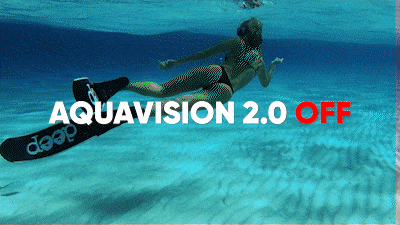
Practice makes perfect with underwater photography
Learning a new skill isn’t easy, but it’s a rewarding experience nevertheless. Do your research before buying an underwater camera and watch a couple of tutorials you can find for free on YouTube. Then you can start practicing taking your underwater photography equipment with you when scuba diving and taking a few shots here and there.
Don’t put too much pressure on yourself when just starting out. Chances are, you won’t be the next Brian Skerry from the get-go. But with time, patience, and perseverance, you’ll get better at capturing the marine wildlife that so few get to witness in their lifetime.
Keen to keep up to date on Insta360 stories? Keep an eye on our blog and sign up for our mailing list.
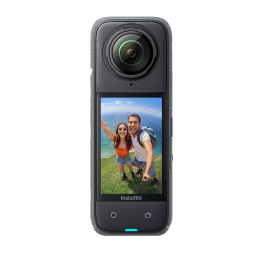
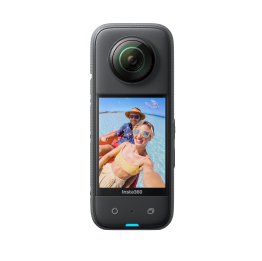
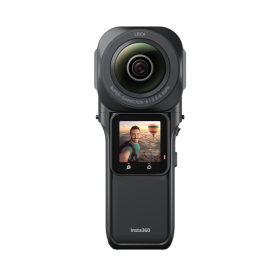
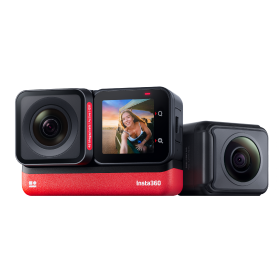


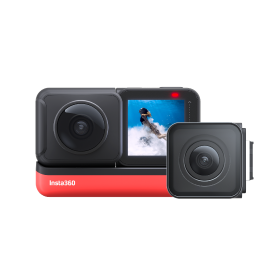
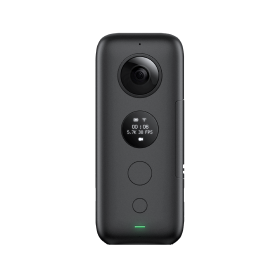

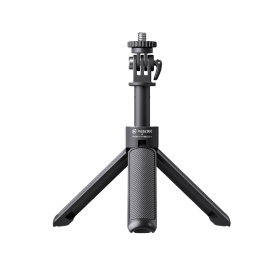
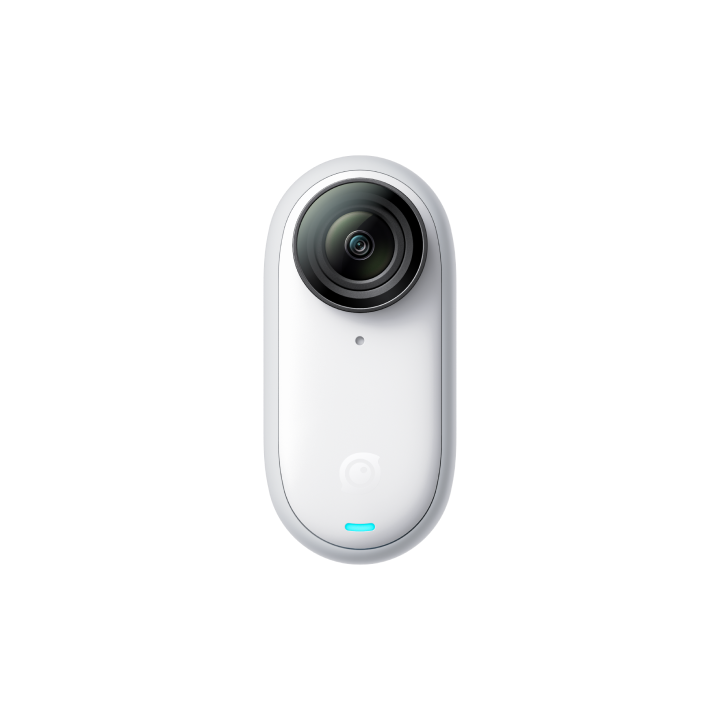
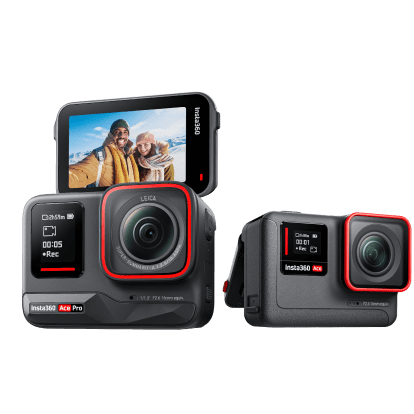





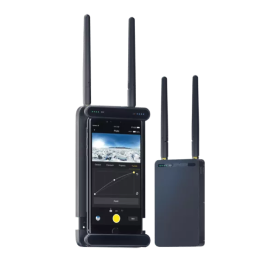












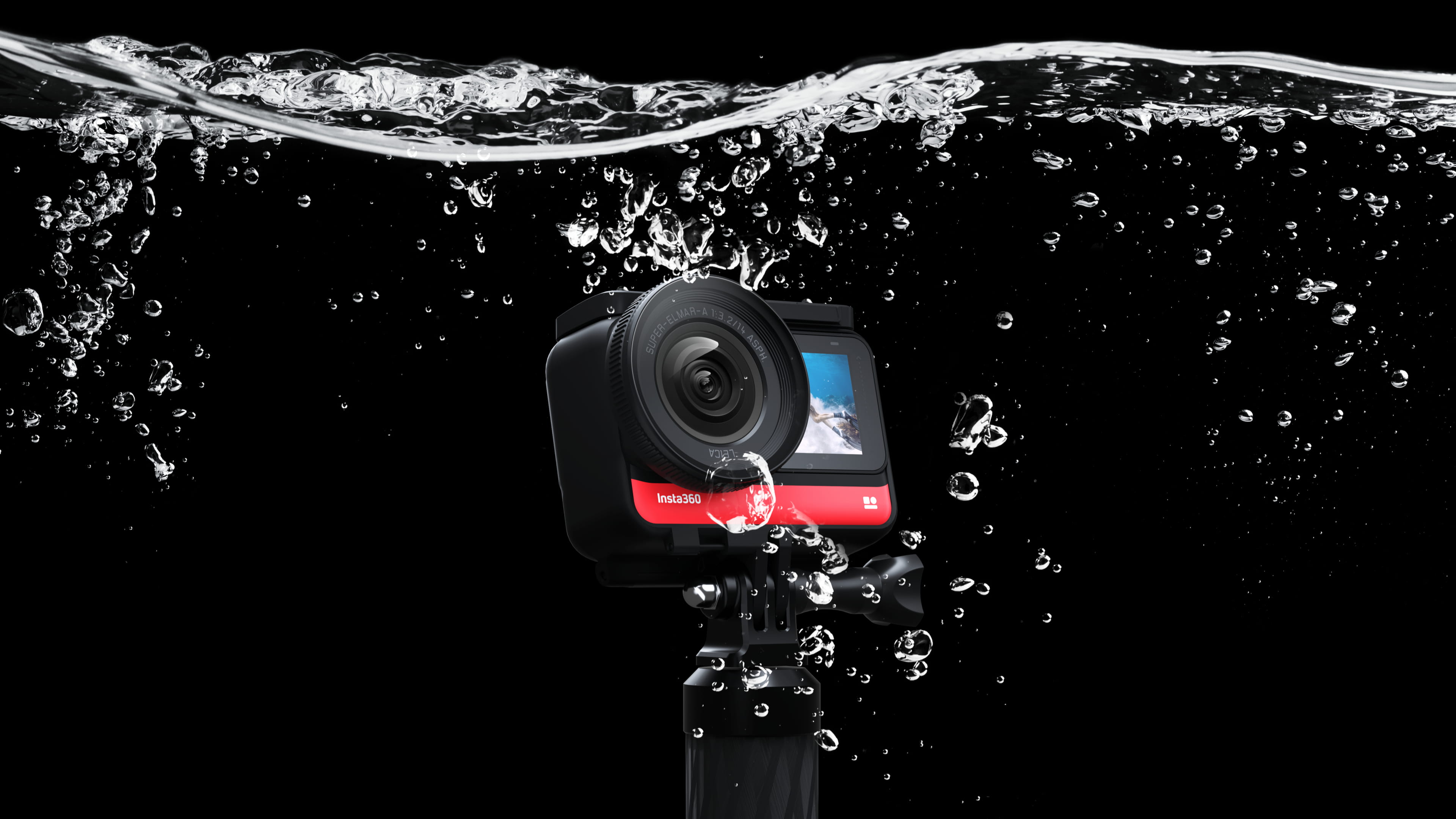

.jpg)
.jpg)
